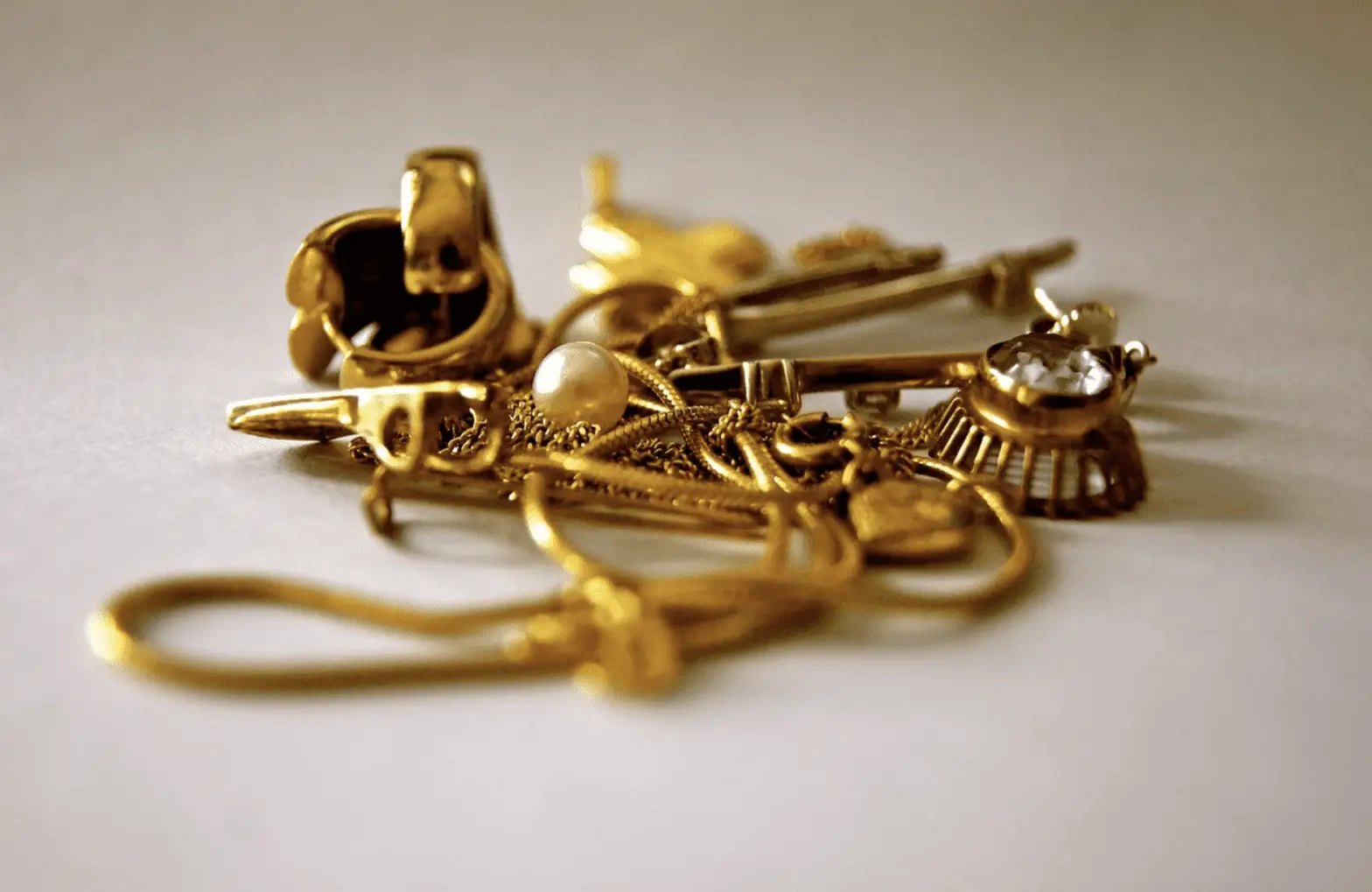Table of Contents
When it comes to purchasing a commodity whose value is sure to last long into the future, there are few better investments than gold. Gold has been a sign of wealth and power for longer than anyone can remember and even up to the present time gold is held by central banks as a monetary reserve.
*This post may contain affiliate links. As an Amazon Associate we earn from qualifying purchases.
As a solid metal, gold is a convenient source of exchange, whether in the form of gold coins or other items made from gold. Gold’s value and usefulness have spawned an active market in so-called fake gold, and for anyone interested in investing in gold, it is important to separate out the real thing from the imitation.
Why is there a market in fake gold?
There are a number of interesting qualities of gold, not least of which is its flashy appearance. Gold is also dense and non-magnetic. Gold is one of the most expensive raw materials in the world, at anywhere from $1,000- $2,000 an ounce, and the production of gold is a multi-billion dollar industry.
With that being said, it should come as no surprise that a fake gold industry has emerged, as producers of these imitations hope to make a quick profit over those who are unable to tell the difference.
To see the most popular gold testing kits to make sure your gold is real and not fake just click here.
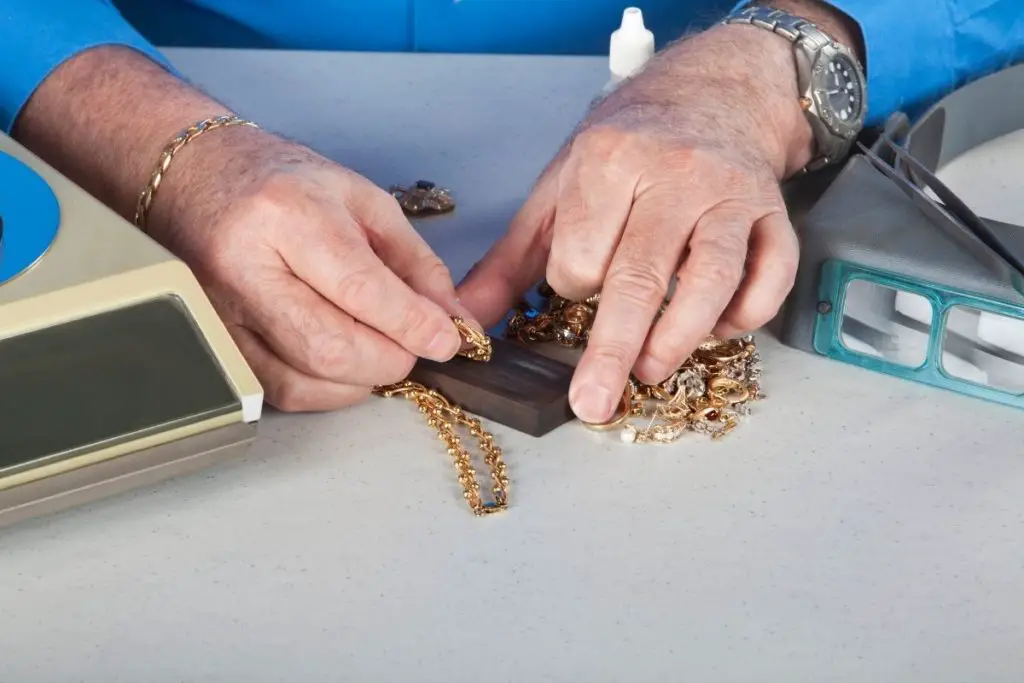
What Is Fake Gold?
Real gold has great value, which is the reason why the market in the fakes exists. Aside from the metal’s worth as jewelry, gilding, or other uses of adornment, the value of gold is listed internationally and is generally immune to great fluctuations, so it is regarded as one of the most reliable investments that can be made in the world.
Gold does not have the volatility of stocks or bonds, which is part of the reason why most nations keep reserves of gold.
Because gold is so valuable, identifying real gold from fake gold is important. Real gold has a number of interesting properties that distinguish it not only from so-called fake gold but from other metals. Although it may not be easy to tell from your run-of-the-mill gold ring or gold chain, gold is a very dense metal, making it heavier than other comparable metals and therefore easy to identify by weight alone.
Although the specifics of distinguishing real gold from the fakes by weight will be discussed later, it is important to note the singular nature of the weight of gold.
As an example of how important the weight of gold is, your average 7 inch by 3 5/8 inch gold bar weighs almost 30 pounds, much heavier than comparably sized lead, steel, or gold-plated steel. Gold also has clear parameters in terms of how its density or purity is measured.
Gold density or purity is measured by karats, and gold that is less than 10 karats technically cannot be considered real gold. Manufactured gold products typically have the purity, density, or weight, and the manufacturer’s initials stamped on them, helping you to know that this is true gold and not the fake stuff.
This, of course, leads us to the question of what is fake gold, a question that some of you perhaps have already begun to answer based on some distinguishing characteristics of gold.
As a general rule, fake gold is a product that is marketed as gold but is in fact made of another cheaper metal, is a gold-plated version of another metal, or has a purity too low to be sold as gold. It may be surprising to people that fake gold is not merely something that is encountered in dark street corners in seedy towns, but it is a problem that even nations are large companies have had to deal with.
It recently made news that the gold bars which the Central Bank of Ethiopia attempted to sell in South Africa were actually gold-plated steel. As you have already learned, gold is very dense compared to other metals, even compared to steel, and gold-plated steel will actually weigh less than the weight that is printed on the bar itself.
Although it may seem remarkable that a country’s national bank could fall victim to this sort of scheme, this story does underline the significance of performing a test of sorts on any gold that you plan to buy.
In general, gold that cannot be considered being true gold falls into the following categories:
- Gold-plated items
- Gold-filled items
- Gold less than 10 karats
- Items with no gold at all, like fool’s gold
There are a variety of different metal products that can be passed off as gold, but which are not in fact gold. This may make the task of spotting real gold seem daunting, but there are a number of measures designed to protect people from falling prey to sellers of fold that is not real.
These measures include certifications, manufacturer’s stamps, and various types of tests that will be touched on later in the article.
Difference Between Real vs. Fake Gold
We have discussed what fake gold is and have gained an understanding of what real gold is and why it is so valuable. That still leaves us with the practical concern of how to tell the difference between the real thing and the several varieties of fakes.
An important way to determine real gold from the fakes is making sure to go through a series of steps that help you rule out the fakes, but more on that in a bit. In this section, we will discuss some qualities that distinguish gold from the fakes.

Many of you may own gold items and not truly appreciate how special they are. Here are some key differences between real gold and the fakes:
- Real gold does not or tarnish
- It should not be discolored
- Real gold is dense
- Real gold products should have a stamp with weight, purity, and/or manufacturer’s mark
- Real gold scratched on a ceramic surface should leave a gold streak
- Real gold cannot scratch a copper penny though fool’s gold (pyrite) can
- Real gold items should have a melt item equivalent to the weight, not more
- Real gold should be sold for close to the market value for gold, not below
- Real gold is not magnetic, but many fake gold metals are
Yes, there is a lot to know when it comes to really understand the difference between true gold, the gold you are interested in purchasing or holding on to as an investment or for personal reasons, and the imitations. The valuable nature of gold is a blessing and a curse, but fortunately, there are ways that you can test or examine your gold item to determine if it is real.
How to Spot Fake Gold?
Anytime you are considering purchasing a valuable item; it is important to make sure you are getting your money’s worth. This is just as true for gold as it is for anything else. Here is how you can investigate or test your gold to determine that it is real gold and not a fake.
When Purchasing

Ask for the melt value: The melt value of the item should not be more than the equivalent weight of the item. If it is that means the weight is low, and it’s probably a fake.
Perform a Scratch Test
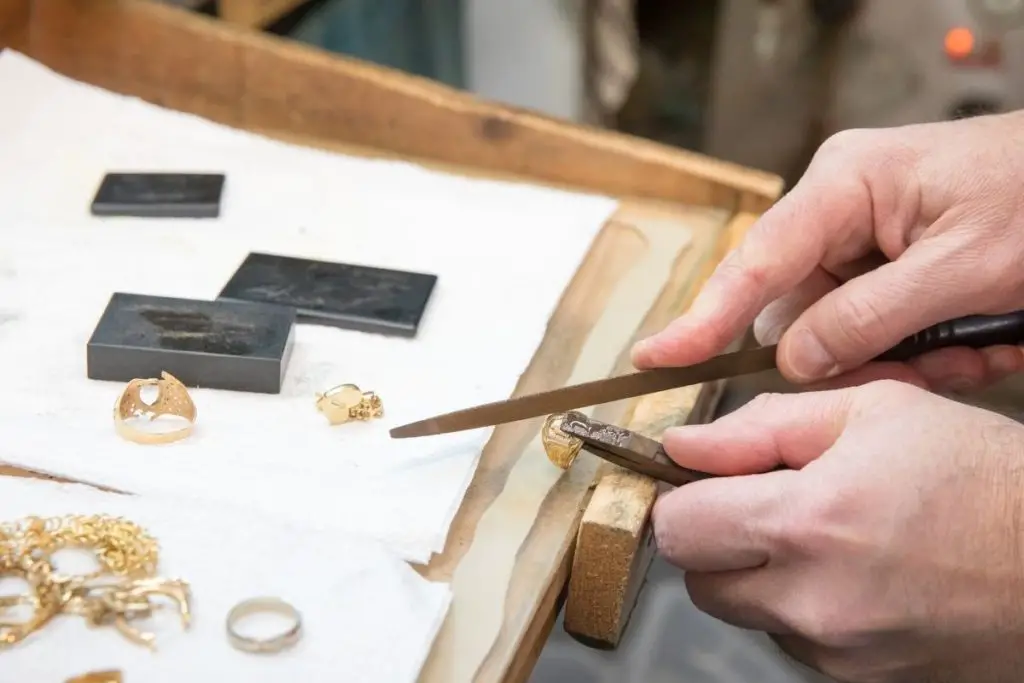
Scratch your gold item across a copper penny. Real gold should not leave a mark, but fool’s gold does. Gold also can be scratched by a copper penny though pyrite cannot.
Measure Density of The Gold
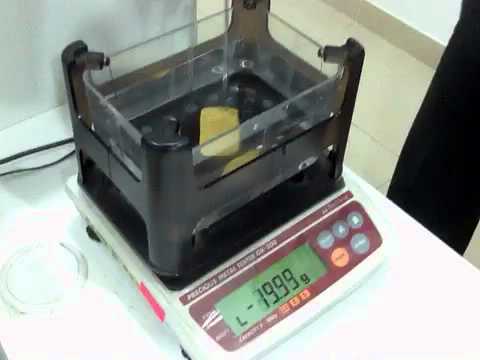
Pure gold at 19.3 gm per cubic cm is about four times as dense as pyrite.
Perform a Float Test

Drop the gold item in water. Real gold is dense and will sink through the fakes usually will not.
Perform the Magnet Test
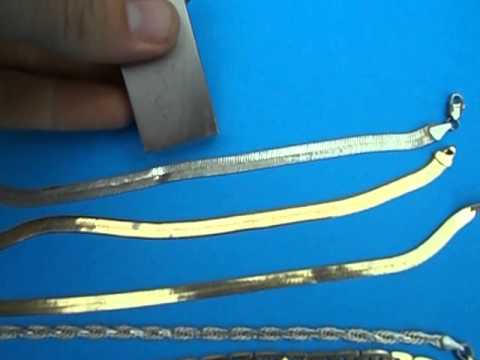
Real gold is not magnetic though the metals used in fake gold may be. Hold a magnet above the gold and see if the object is attracted.
Inspect Gold Item for Signs of Discoloration
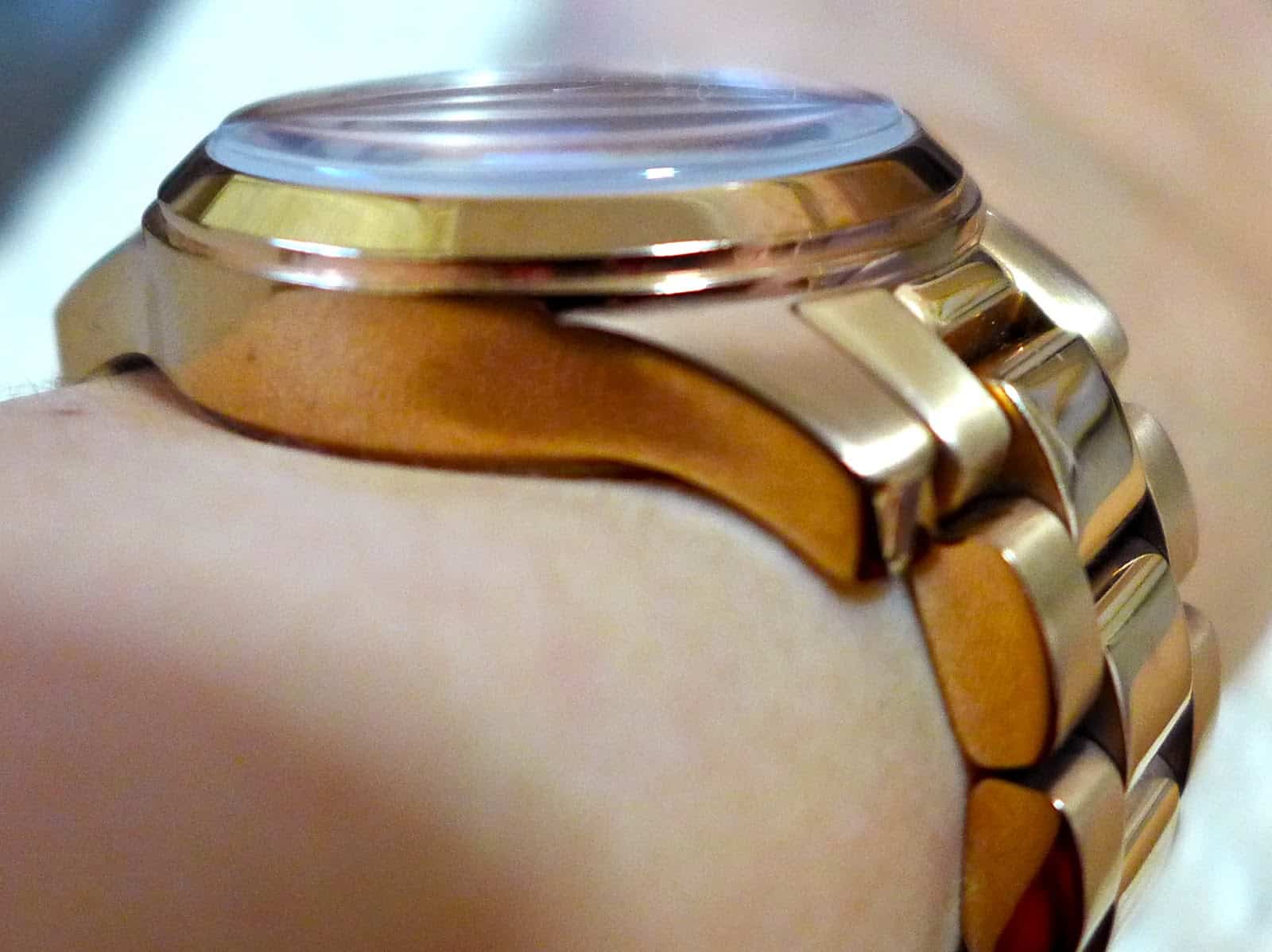
Real gold does not rust or tarnish. An item marketed as pure gold that is rusted is a fake.
Inspect Gold Item for a Stamp
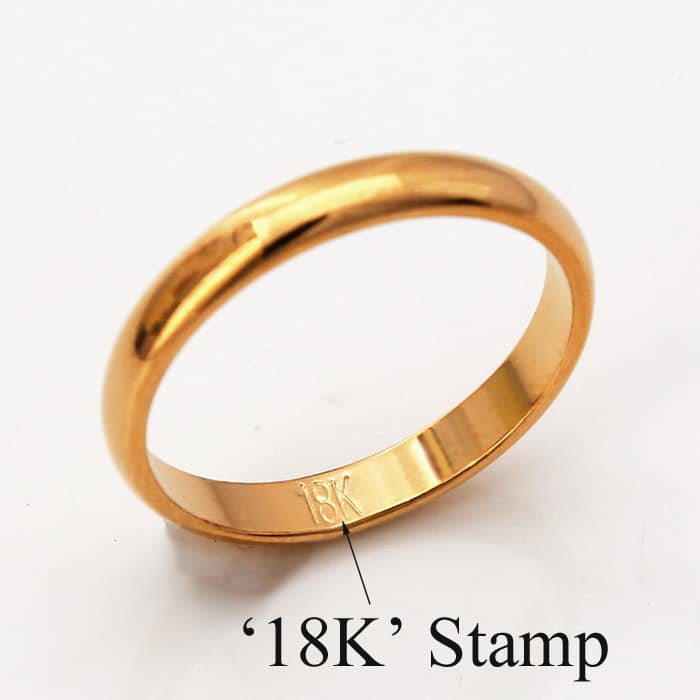
Gold is a hot commodity, so manufacturers and sellers stamp the item with important information, including their name or initials. The stamp may also include the number of karats.
Educate Yourself on the Current Value of Gold
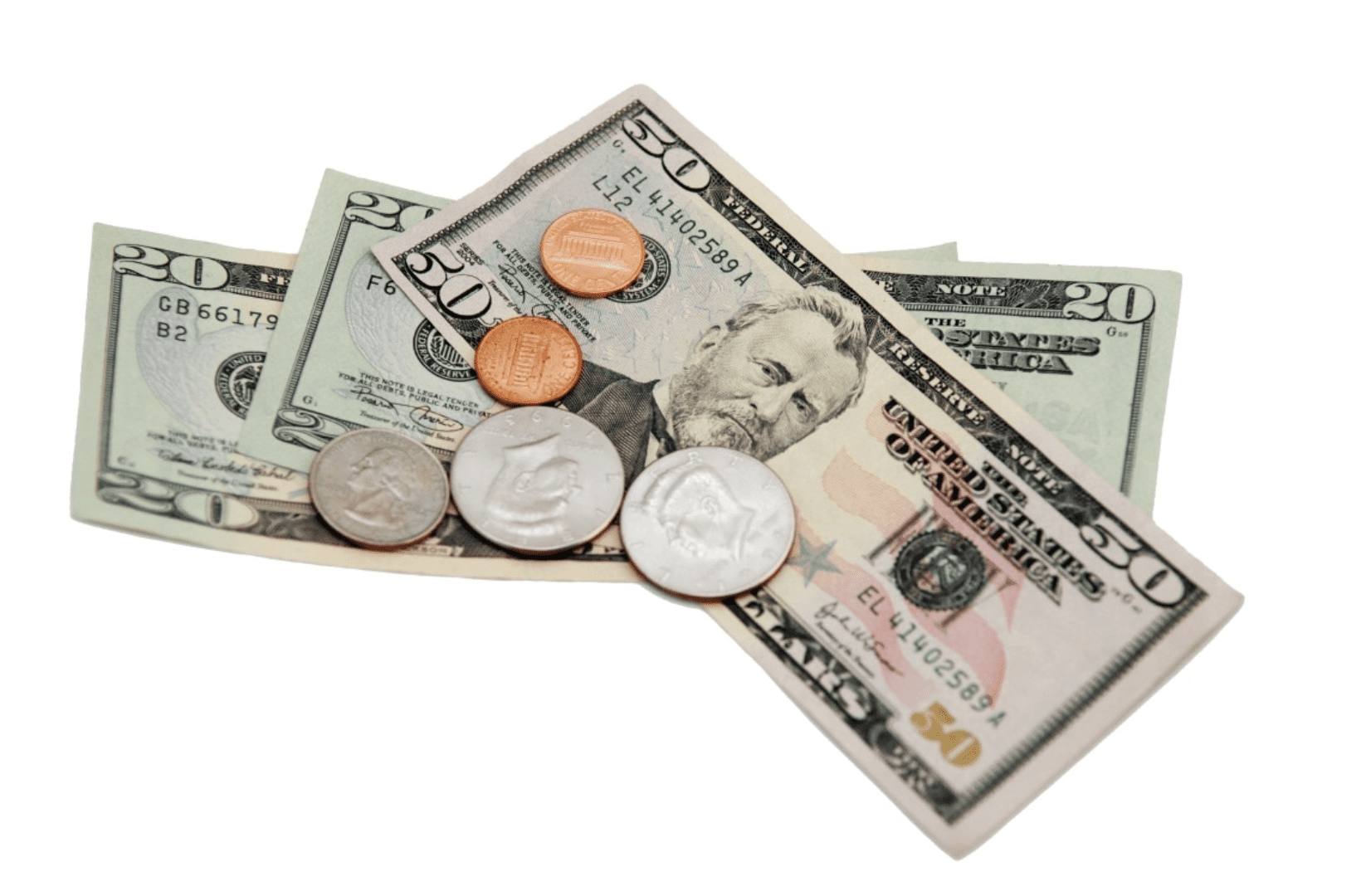
Gold that is being sold for less than its current market value is probably a fake.
Do Not Buy Gold Without Inspecting It First
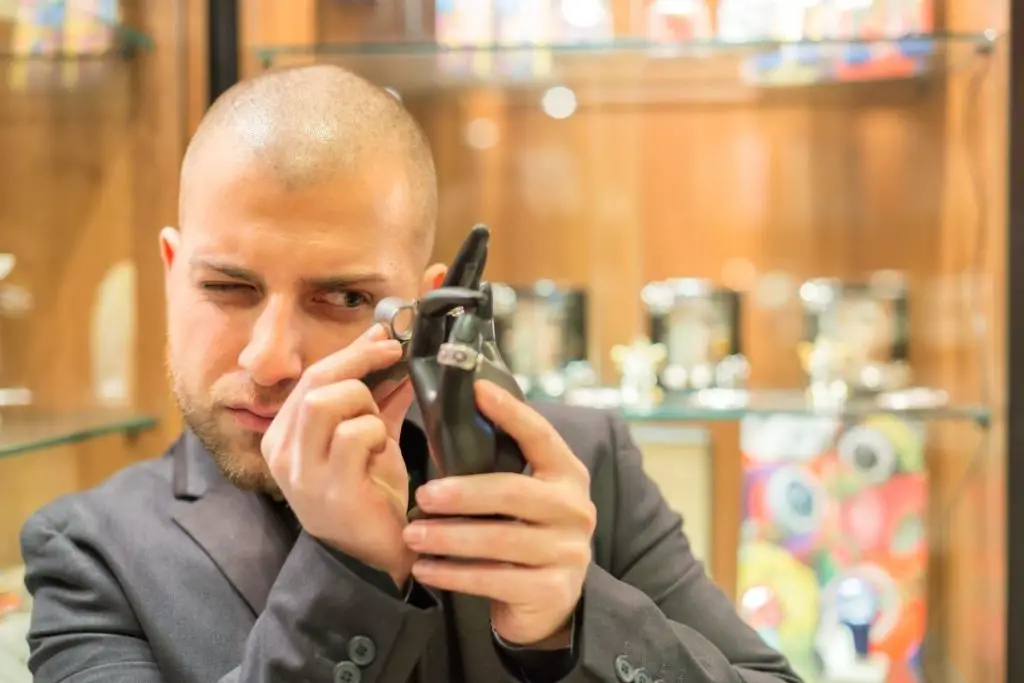
Avoid buying gold that you will not be able to inspect or which will be delivered to a location other than your residence.
Weigh the Gold
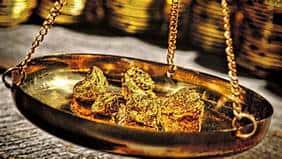
Though simple, this is how a central bank was caught trying to sell fake gold.
Conclusion
Few naturally occurring items on Earth approach the value of gold, and this fact is unlikely to change anytime soon. Gold has value for its appearance, its resistance to tarnishing and rush, and its great density.
The great value of gold has created an active market for fakes, but this is nothing to deter the man or woman truly interested in making a good investment. The legion of fake gold imitations is merely an opportunity for you to do some detective work.

